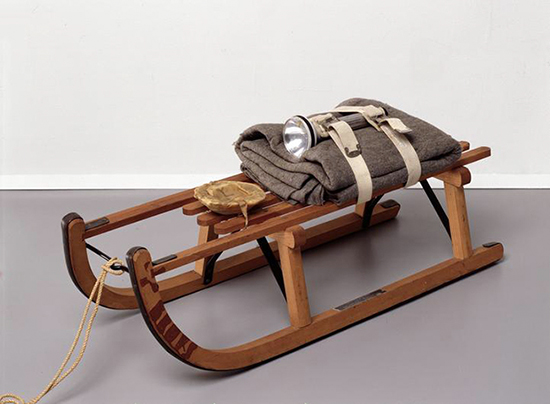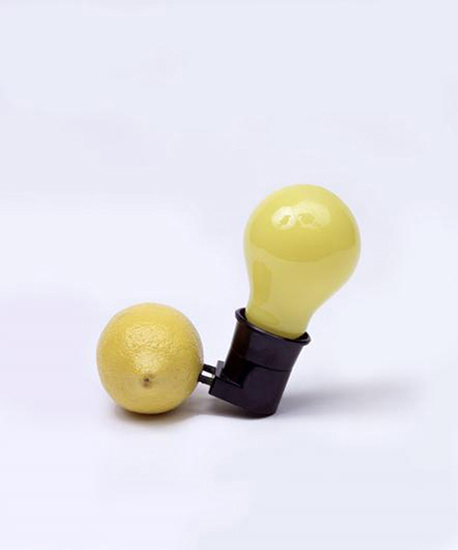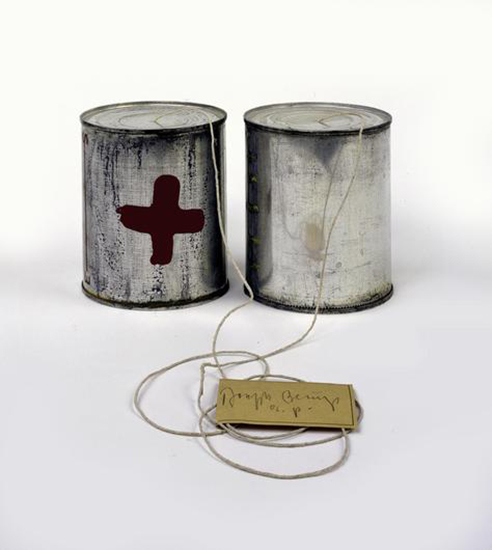Our New York correspondent George Shaw politely asks, WHAT ARE YOU LOOKING AT?
Installation view
Colonel Platoff on His Charger
Femme piquee par un serpent
Saint Ursula
The Archangel Gabriel
In Kehinde Wiley’s mid-career survey A New Republic at the Brooklyn Museum, worlds of power and entitlement are re-populated by disenfranchised men and women of colour from the streets of twenty-first century Brooklyn, Rio, Kingston, and Dakar. With identical or similar titles to their Renaissance and Old Master sources, Wiley’s paintings, stained glass and sculptures address the politics of representation and race adding that, “[I’m] not concerned with creating political correctness…I just want to see a rapturously gorgeous painting that happens to be about contemporary social issues.”
Installation view
The Art Dealer
The Creative Process
The Genius
Applying a painstakingly reductive creative process using only black paint and turpentine to create paintings from found vintage and vernacular photographs, David Lyle appears happy to bite the hand that feeds him with his latest show Everyone’s a Critic at Lyons Wier. Reimagining pictures of wholesome 1950s and 60s Americana as contemporary art punchlines may be dismissed by some as simply preaching to the converted, while others may smile at the cynical commentary. Either way, there is no debate about the artist’s masterly control on the canvas.
Installation view
Sled
Capri Battery
Telephone T……R
One of the rarest and most extensive collections of Joseph Beuys multiples exhibited to date in New York is currently on show at Mitchell-Innes & Nash. Dating from the 1960s to his death in 1986, there are over 500 sculptural works, prints, photographs, and texts from the Reinhard Schlegel Collection including Beuys’ iconic creationist myth works, such as Sled and Felt Suit. The multiples are an expression of Beuys’ ambition to affect social change through revolutionary works that pushed the boundaries of what could be considered as art.
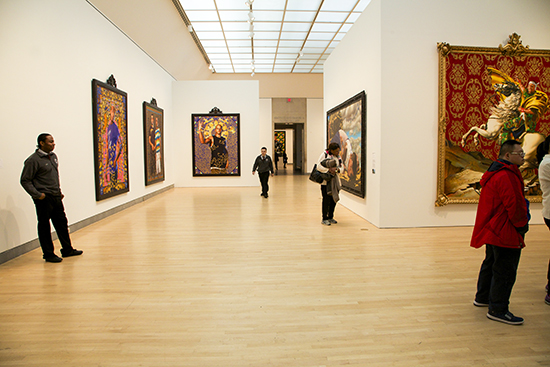

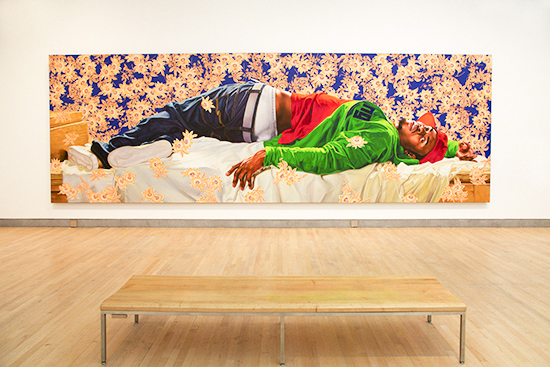

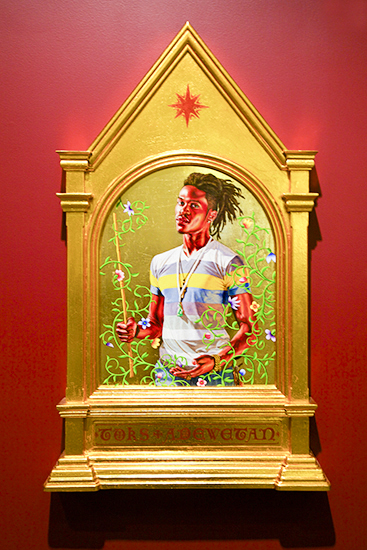
![Installation view[1]](http://theartlife.com.au/wp-content/uploads/2015/04/Installation-view1.jpg)
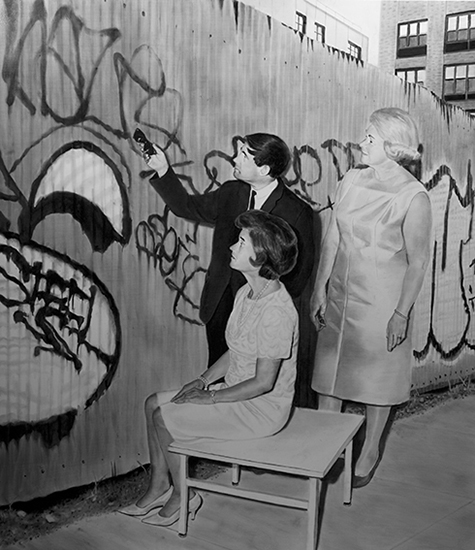
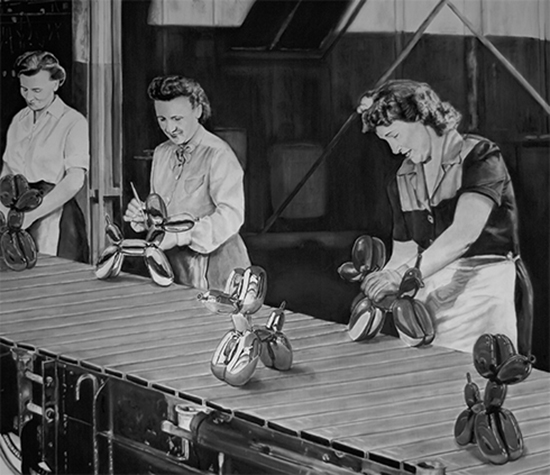
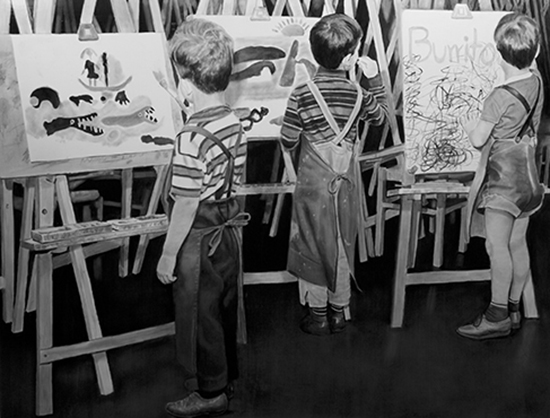
![Installation view[2]](http://theartlife.com.au/wp-content/uploads/2015/04/Installation-view2.jpg)
